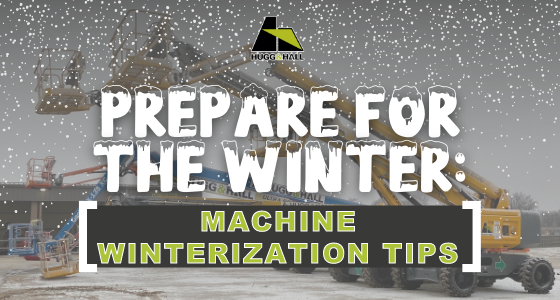
Prepare for the Winter: Machine Winterization Tips
Winter brings shorter days, frigid temps, and icy conditions. During this time of year, we...

Winter brings shorter days, frigid temps, and icy conditions. During this time of year, we...

As the weather cools off, winter road hazards arrive. Cooler, damper weather and shorter days...
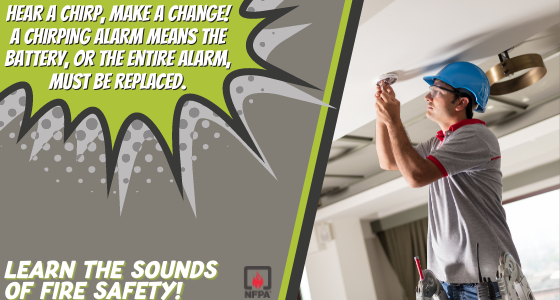
Fire Prevention Week is observed during the week in which October 9th falls and was...
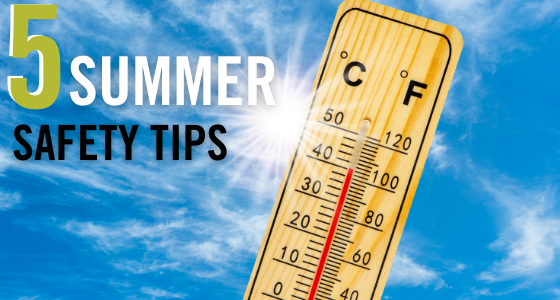
The summer months come and go in the blink of an eye, but warmer temperatures...

For equipment owners, warmer temperatures require summer equipment maintenance routines. Here are some tips for...
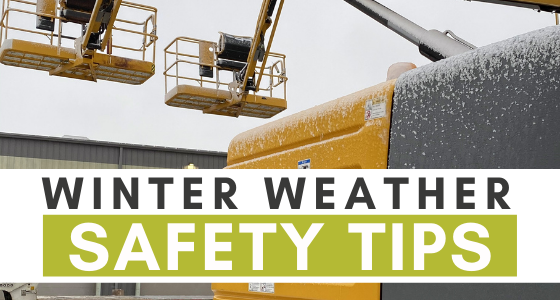
When winter weather strikes, it can damage your equipment and cause harm to your employees....
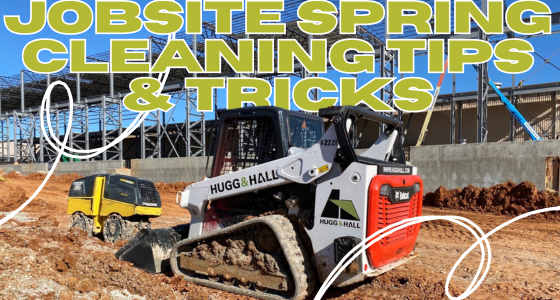
What's new: Temps are rising and the busy season is almost upon us. What it...
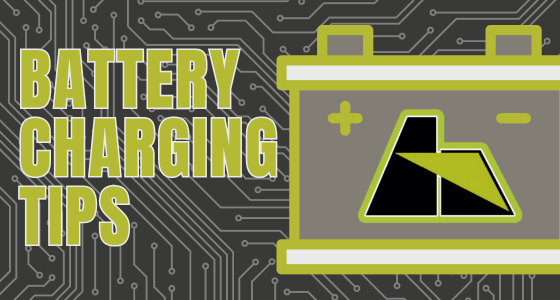
Learn how to charge your equipment batteries safely and get the most out of them...